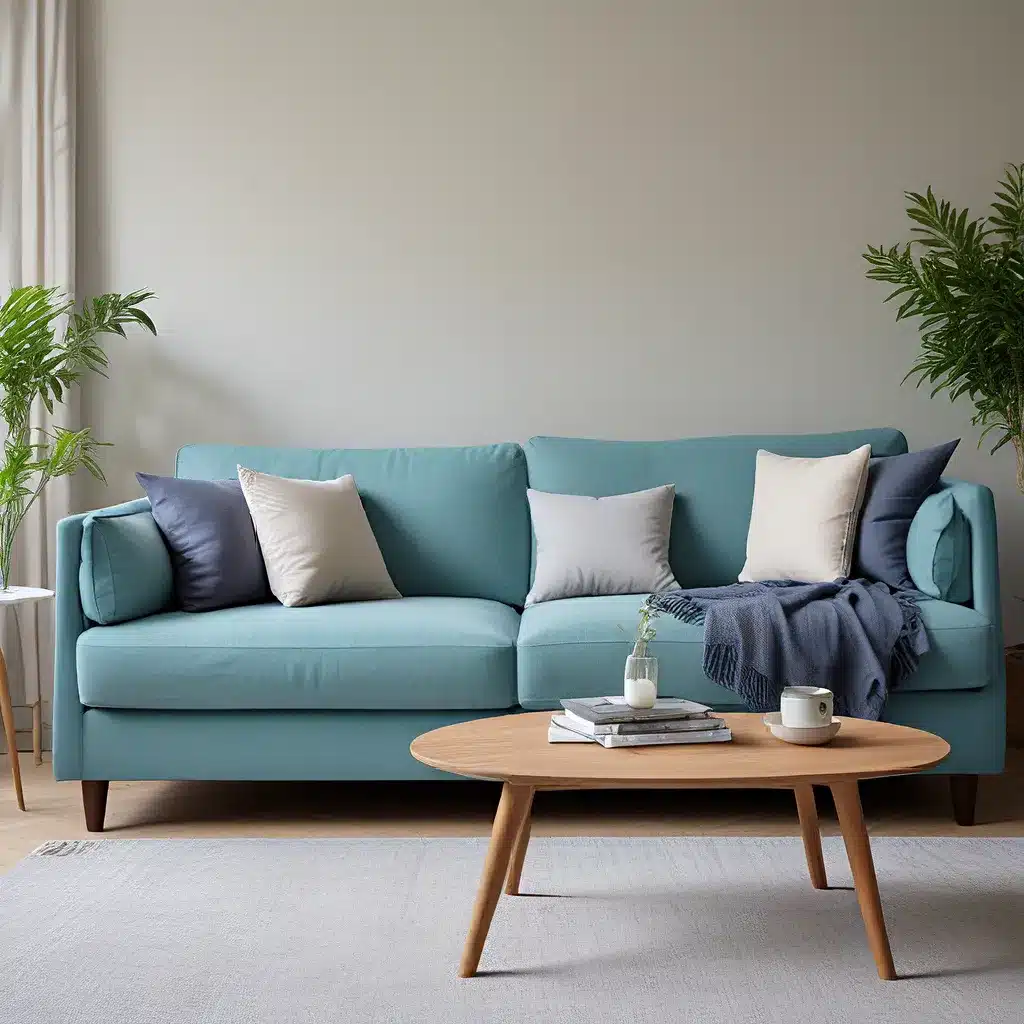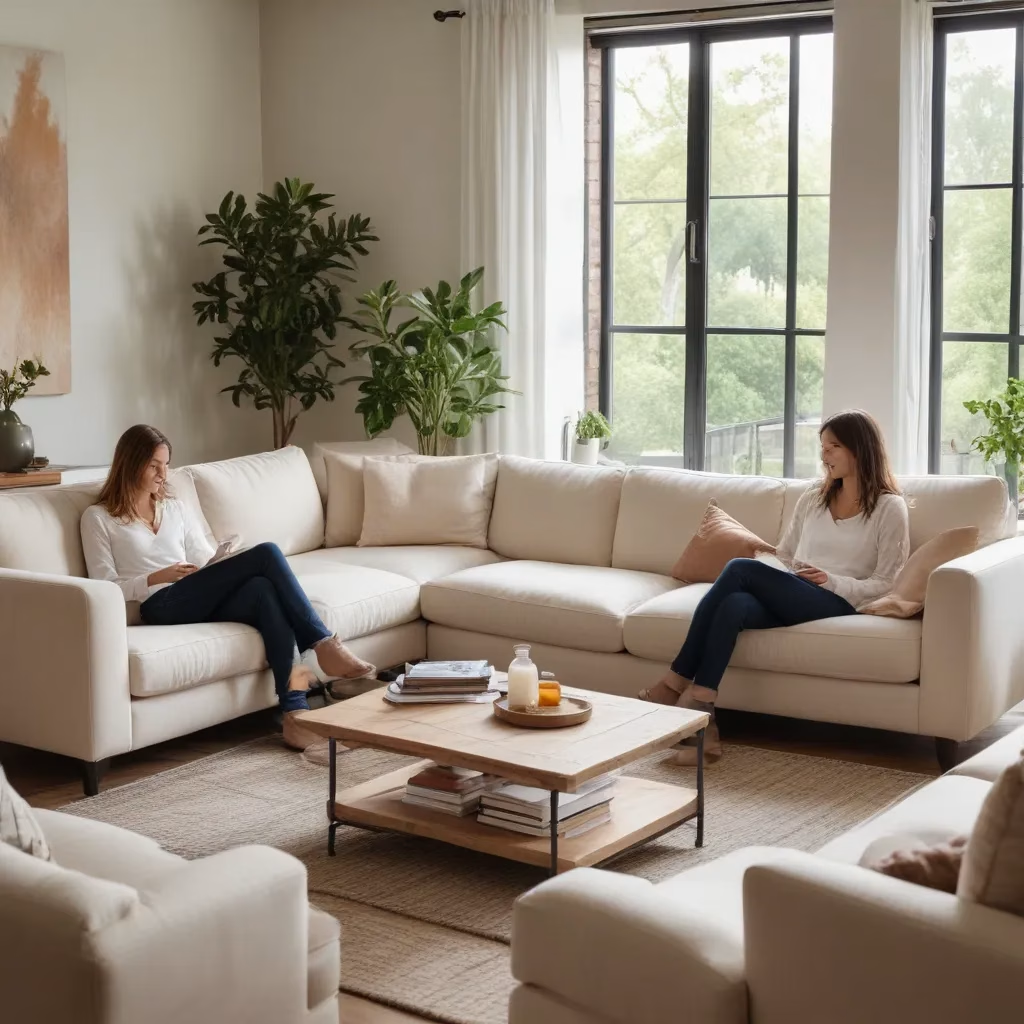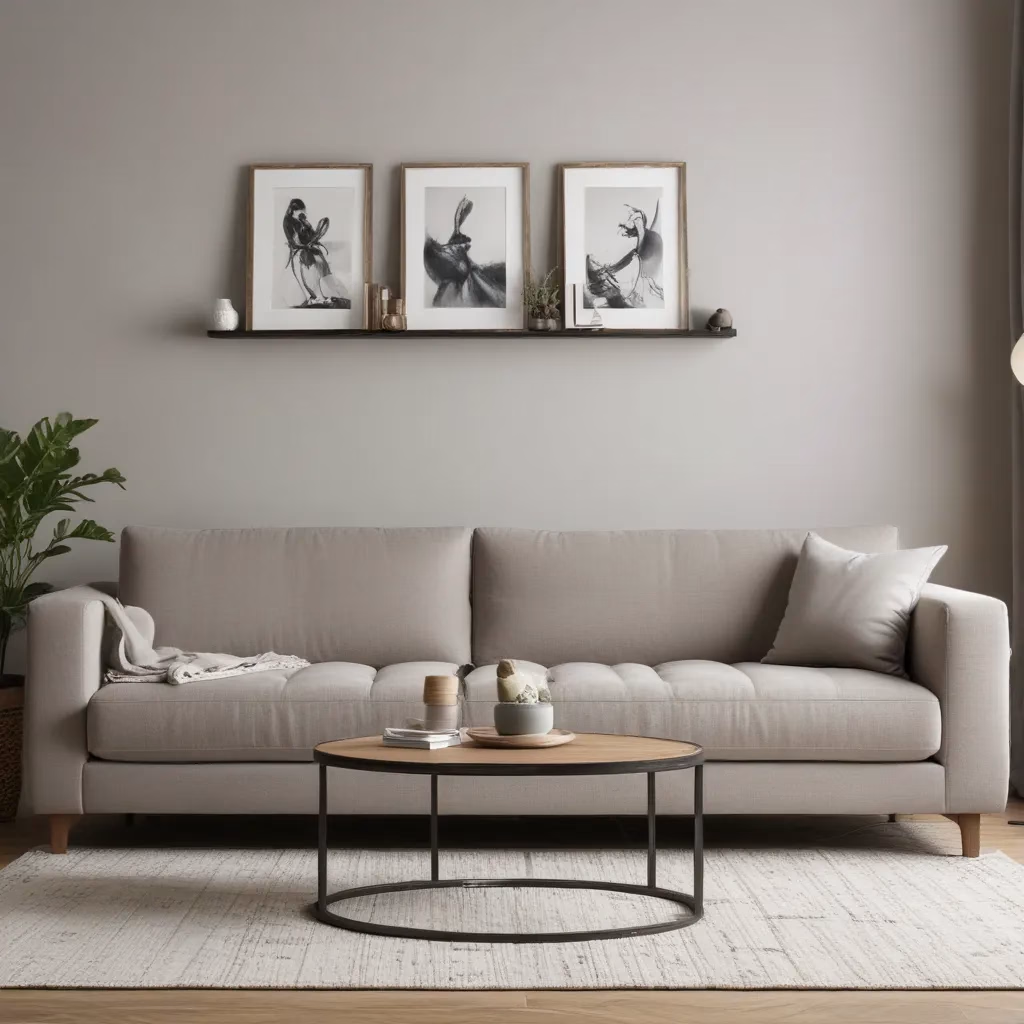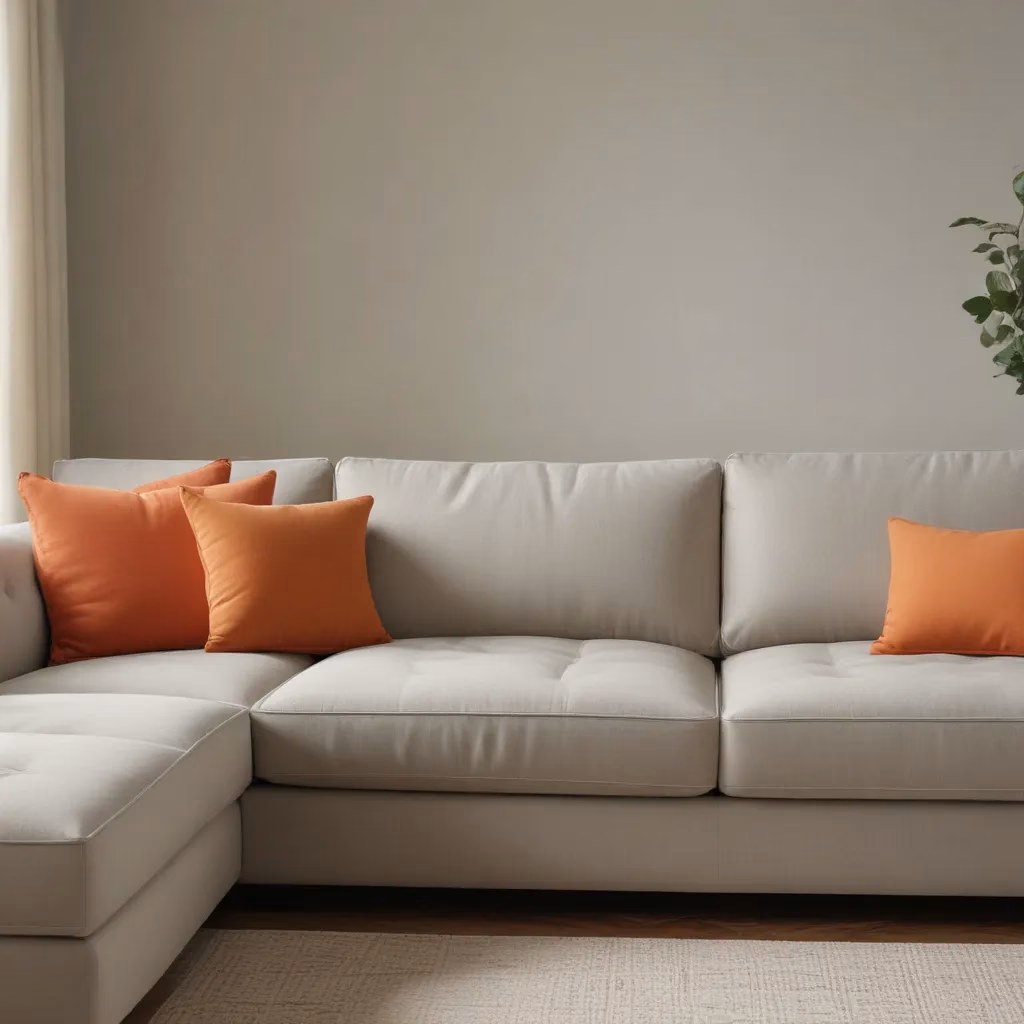
Mastering the Art of Wood Tone Mixing
As I sit in my cozy living room, surrounded by a tapestry of warm and cool wood tones, I can’t help but marvel at the effortless charm it exudes. It’s funny, really – I used to think my mismatched furniture and decor would make the space look like a jumbled mess. But thanks to a few handy tips I picked up, I’ve managed to create a harmonious haven that feels both inviting and intentional.
You see, I used to be one of those people who thought all my wood pieces had to match perfectly. I’d agonize over finding the exact right shade to complement my existing furniture. But then I discovered the magic of mixing wood tones, and let me tell you, it’s been a game-changer.
The key, I’ve learned, is finding that perfect balance of contrast and cohesion. It’s all about layering different shades and undertones in a way that feels effortless and intentional. And trust me, once you get the hang of it, the possibilities are endless!
So if you’re like me and you’ve been stuck in a wood tone rut, fear not. I’m here to share the secrets I’ve uncovered on my journey to creating a beautifully layered, Sofa Spectacular-worthy living space.
Identifying Your Dominant Wood Tone
The first step in mastering the art of wood tone mixing is to identify your dominant wood tone. This is usually the largest piece of wood furniture in the room, like your dining table or living room sofa. Once you’ve pinpointed that anchor piece, you can start building out your color palette around it.
Now, don’t worry if your dominant wood tone is on the cooler side – that’s not a death sentence! In fact, embracing those cooler undertones can actually create a really sophisticated, layered look. The key is to then seek out other pieces that complement that tone, whether it’s a warm-toned side table or a medium-hued coffee table.
And if your dominant wood is on the warmer side? Even better! That gives you the perfect jumping-off point to start introducing some contrast. Think about bringing in a sleek, cool-toned TV stand or a rustic, weathered bookshelf. The juxtaposition is what really makes the space sing.
Finding the Right Undertones
Now, once you’ve got your dominant tone sorted, it’s time to start thinking about undertones. This is where things can get a little tricky, but trust me, it’s worth the effort.
See, most woods have either warm or cool undertones, and being mindful of that can make a huge difference in how your space comes together. If your big piece is on the warmer side, you’ll want to stick to other warm-toned woods like oak or maple. But if it’s got a cooler vibe, look for pieces with blue-gray undertones, like walnut or ash.
And don’t be afraid to mix and match! In fact, that’s where the real magic happens. Just make sure you’re balancing out those warm and cool tones throughout the room. It’s all about creating a cohesive flow.
The Power of Repetition
One of the golden rules of wood tone mixing? Repetition. I know, it might sound a little counterintuitive, but hear me out.
The key is to make sure each wood tone is represented at least twice in the room. That way, it feels intentional and cohesive, instead of just a random smattering of mismatched pieces. So if you’ve got a cool-toned TV stand, make sure you’ve got another piece, whether it’s a frame or a side table, that echoes that same vibe.
And when it comes to balancing those tones, the experts suggest avoiding clustering them all in one area. Instead, try to spread them out evenly around the room. It’s like a visual gallery wall – you want the eye to flow seamlessly from one piece to the next.
Bringing in Texture and Contrast
Now, once you’ve got your wood tones dialed in, it’s time to start thinking about texture. And let me tell you, that’s where the real magic happens.
I’m talking about things like reclaimed wood, with its gorgeous visible grain, or sleek, polished pieces that add a touch of formality. And don’t forget about those raw edges – they can be the perfect way to tie everything together and create that coveted “lived-in” vibe.
And when it comes to contrast, don’t be afraid to get a little experimental. Maybe you’ve got a cool-toned sofa and you want to balance it out with a warm-hued rug. Or perhaps you’re loving the idea of pairing your rustic dining table with some sleek, modern metal chairs. The possibilities are endless!
Embracing the Imperfect
You know, one of the things I love most about this whole wood tone mixing thing is that it celebrates the imperfections. In a world where we’re constantly bombarded with images of perfectly-curated spaces, it’s so refreshing to embrace the lived-in look.
And that’s exactly what mixing wood tones is all about. It’s about letting go of the idea of matchy-matchy perfection and instead, layering pieces that complement each other in a way that feels natural and organic. It’s about balance and contrast, not rigid rules.
So if you’re feeling a little hesitant about taking the plunge, I encourage you to embrace the imperfect. Start small, maybe with a bowl or a frame, and see how it transforms the space. I promise, once you get a taste of that layered look, you won’t want to go back.
Putting it All Together
So there you have it, my friends – the secrets to mastering the art of wood tone mixing. It might seem a little daunting at first, but trust me, once you get the hang of it, it’s like a whole new world opens up.
Just remember to start with your dominant tone, pay attention to those undertones, and don’t be afraid to repeat and contrast. And don’t forget to have fun with it! After all, that’s what this whole Sofa Spectacular thing is all about.
So go forth, my friends, and let your inner design artist shine. I can’t wait to see what masterpieces you come up with!



